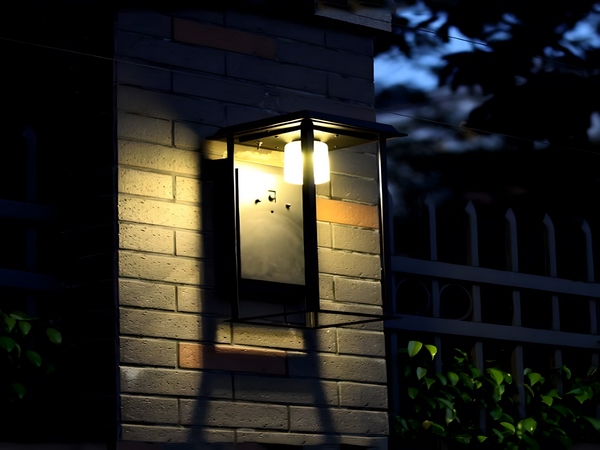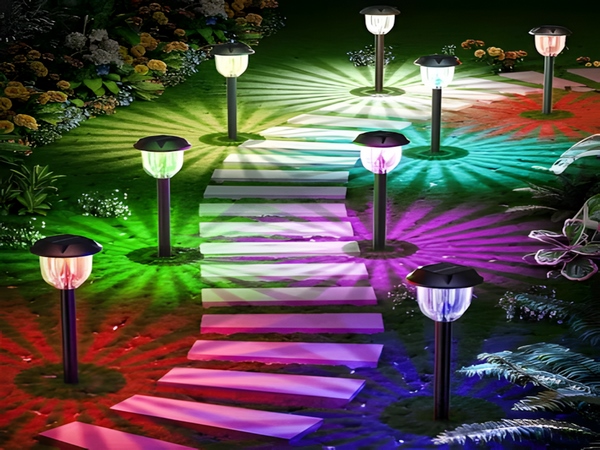
With the development of society, the market economy in our country has also advanced rapidly, especially in energy-based enterprises like solar street lights, which have received strong support from the government. The momentum for development is unstoppable. However, as solar street lights gain market recognition, the design of solar street light systems has become an unavoidable topic. What are the key points in the design of solar street lights? Below are the insights from Century Sunshine Lighting.
Key Points in the Design of Solar Street Lights
1. Controller
The controller is a key component acting as the manager of the entire solar street light system. Its function is to comprehensively manage the battery. A good controller should set various key parameters based on the characteristics of the battery, such as the overcharging point, deep discharge point, recovery connection point, and SOC discharge control. When choosing a solar street light controller, special attention should be paid to the parameters of the recovery connection point. Due to the battery’s voltage self-recovery characteristics, when the battery is in a state of deep discharge, the controller disconnects the load, and then the battery voltage recovers. If the parameters are not set properly, it may cause the lights to flicker and shorten the lifespan of both the battery and the light source.
2. Battery (Pack)
When selecting a battery, it is important to consider several factors including the impact of discharge rate on battery capacity, the impact of temperature on battery capacity, and the impact of depth of discharge on battery capacity. Therefore, deep cycle batteries specifically designed for solar energy should be selected. When connecting batteries in parallel, the imbalance between individual batteries should be considered; usually, the number of parallel connections should not exceed four packs.
3. Selection of Light Source

Choosing the right light source is a crucial step for solar street lights. Currently, there are limited options available specifically for solar street lights. To minimize the loss of limited energy, it is advisable to select DC light sources. Common light sources include DC energy-saving lamps, high-frequency non-polar lamps, low-pressure sodium lamps, and LED sources. As a semiconductor light source, LED technology is rapidly advancing and is ideal for solar street lights. LED street light sources are multifunctional, environmentally friendly, and energy-efficient, suitable for various lighting applications. LED drivers are specifically developed for solar street light systems to provide stable power for LED fixtures. Utilizing advanced electronic power technology, they feature high-efficiency enhancement and ultra-energy-saving pulse width modulation (PWM) output modes. With time control, they can light up LED fixtures in high-efficiency mode during peak usage (during the early night when pedestrian and vehicular traffic is heavy) and switch to ultra-energy-saving mode when traffic is light, thus conserving battery power. Additionally, most solar street light projects in the country require illumination brightness to meet urban road lighting standards.
4. Solar Panel Components

The voltage of solar panel components decreases as temperature rises. Due to high temperatures, the voltage loss of the panel components is about 2V, and there is an additional voltage drop of around 0.7V across the diode on the controller during the charging process. Therefore, components with a working voltage of 18V should be chosen. Due to the unique nature of solar street lights, solar panels are generally installed on lamp posts, which are usually over 5 meters tall with a high center of gravity. Most solar panels are mounted in a suspended manner. To enhance the overall device’s wind resistance, multiple solar panels are typically used to achieve the required power output.
The above points regarding the design of solar street lights have been shared here. The design of solar street lights requires scientific and reasonable approaches, in addition to the points mentioned, it is essential to consider the overall structure of the street light, especially the calculation of its wind resistance and the aesthetic integration with urban road design. In summary, many factors influence the performance of solar street lights, and they have not been detailed individually here.



